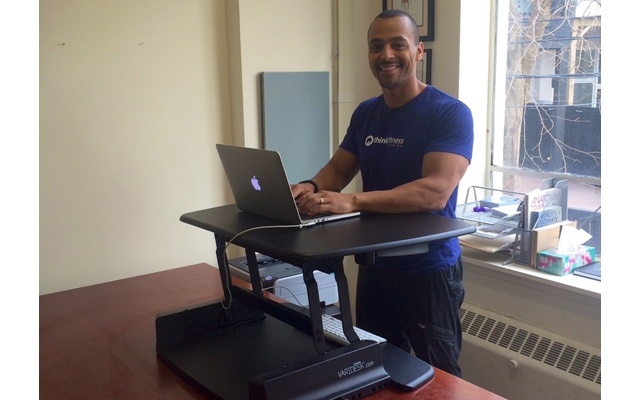Whether you’re training to build more muscle mass, complete a half/full marathon, lean out, or simply just feel better, your recovery routine can make or break your goals. If you’ve ever experienced muscle soreness two days after leg day, you know the feeling. Sure, you deadlifted 155 pounds, but your hamstrings feel cramped, you’re exhausted, and your energy is completely depleted—doesn’t sound like a great time, does it?
From proper nourishment to essential sleep hygiene, here are five routines to consider implementing post-workout for a body that won’t break down on you.
Recovery Nutrition
It’s not surprising that proper post-workout nutrition is essential to the body’s recovery, especially after a long and strenuous workout. Consider the three R’s: refuel, repair, and rehydrate. You need foods that provide carbs to refuel your muscles’ carbohydrate stores (glycogen), as glycogen can become depleted during difficult, prolonged workouts. Carbs come in the form of sugars and starches in a variety of foods and are needed to replenish your fuel. Your muscles are primed for recovery after a hard workout, so consume protein to help repair and rebuild them. And of course, you need fluids and electrolytes to rehydrate.
Chocolate milk has all of these nutrients and can help you recover in time for your next workout. It contains carbohydrates (sugar) to refuel your energy stores, protein to repair and rebuild your muscles, and fluids and electrolytes which are important for rehydration. It’s a convenient, all-in-one package–reach for it after your workout!
Stretching
The cramping or soreness you feel post-exercise may be due to muscle strain and is called delayed onset muscle soreness or DOMS for short. While you can’t do much to rid the soreness, you can take measures to ensure your muscles don’t get tight. Experts recommend post-workout stretching (cool down) to help return your body to its natural resting state. Using a foam roller or rolling stick is a form of self-myofascial release that can work out some of tightness and discomfort in your iliotibial (IT) band.
This kind of stretching is a great way to recover from your workout as it increases flexibility of the quads and hamstrings without hampering muscle strength. Foam rolling isn’t comfortable in the moment, but neither is a tight hamstring.
Sleep Hygiene
Not only is a solid slumber important for your sanity (the daily grind doesn’t feel great on five hours of sleep), it also plays a major role in your body’s ability to perform, recover, and adapt. Lack of sleep can change your mood, impact your tolerance to training, and seriously affect your hormones.
Practice good sleep hygiene by using digital sleep aids and reminders such as the Bedtime app (and powering that phone down a good hour before you hit the pillow), making sure your room is cool, sleeping with quality (and clean) sheets, and ensuring that you don’t eat a heavy meal immediately before bed. If you get hungry at night, try to snack on foods that won’t cause your stomach to turn upside down all night. Instead, relax with a glass of warm milk that’s full of nutrients.
Hydration
You’ve heard it a million times: replace the fluids you’ve lost during exercise. Because hydration is an essential part of your recovery, we’ll say it again: hydrate after your workout.
Quench your thirst with a beverage that is nutritious and provides electrolytes, too. Fluids come in all forms and include water, juice, milk, and just about any other beverage you can think of. If you’re trying to recover for an important event or physical activity, refrain from consuming alcohol as it can inhibit your recovery. If you do have a drink, make sure to drink a glass of water at minimum for each alcoholic drink you have to counter some of the negative effects.
Active Deload
When you’re putting yourself through a heavy workout, you’re also putting your body through a great deal of stress. To avoid overloading, be sure to integrate an active deload into your training schedule to let the body recover and repair itself properly. While you may think there’s no “right” time to do this, listen to your body and your trainer. A good rule of thumb is to reduce the intensity of your workouts compared to what your “normal” is. For example, if you’re training for strength, you could maintain the weight of your bench press but reduce the rep range down to one or two.
Whatever your training goal may be, your recovery routine is a major contributing factor to whether you hit it. Sometimes you need to take a step back to get further ahead—get well-rested, eat right, take a deload, and come back the next week stronger and better equipped to crush it in the gym.












